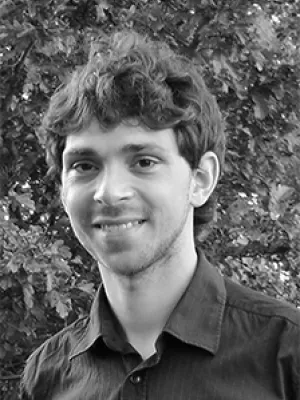
Shai Mulinari
Associate Professor | Senior Lecturer

Society Inhaled. Social Epidemiology of COPD
Author
Summary, in English
In three prospective national studies, register data including socioeconomic information, hospital diagnoses (I–III) and prescriptions (III) was used. Investigating incident COPD, study I evaluates absolute versus relative income and study II adopts an intersectional Multilevel AIHDA (MAIHDA). Study III is a MAIHDA which disentangles the effect of geographical (i.e. counties) and sociodemographic contexts on discontinuation to maintenance therapy among COPD patients. Study IV is a cross-sectional intersectional AIHDA, analysing smoking risk in the Swedish National Health Surveys. Discriminatory Accuracy (DA) is assessed through Area Under the ROC Curve (AUC) in study I, III and IV and the Variance Partition Coefficient (VPC) in study II and III.
Absolute income had a higher DA than relative income and seems more relevant for predicting incident COPD. Intersectional information on age, gender, education, income, civil status and country of birth had a good DA, as 20% of total variance in propensity to develop COPD was found between intersectional strata. The stratum with older native females with low income and low education who live alone presented 49 times higher COPD risk than the stratum defined by young, native males with high income and high education who cohabit (0.98% versus 0.02%). Sociodemographic differences were more relevant than geographic (i.e. counties) differences for explaining patient variance in discontinuation to maintenance therapy (VPC 5.0% versus 0.4%). Intersectional information provided a moderate DA (AUC=0.66) for predicting smoking status.
Although complex to disentangle from one another, our results suggest that material conditions matter more than psychosocial status for incidence of COPD. The intersectional MAIHDA and AIHDA approaches improve our understanding of heterogeneities in risk of COPD and smoking in the population. This approach can also disentangle geographical from sociodemographic contextual effects and provides an innovative instrument for planning interventions according to the idea of proportionate universalism.
Department/s
- Social Epidemiology
Publishing year
2021
Language
English
Publication/Series
Lund University, Faculty of Medicine Doctoral Dissertation Series
Issue
2021:31
Full text
- Available as PDF - 14 MB
- Download statistics
Document type
Dissertation
Publisher
Lund University, Faculty of Medicine
Topic
- Public Health, Global Health, Social Medicine and Epidemiology
Keywords
- Social Epidemiology
- Social Medicine
- Chronic obstructive pulmonary disease (COPD)
- Intersectionality
- Smoking : epidemiology
- Social determinants of health
Status
Published
Research group
- Social Epidemiology
Supervisor
- Juan Merlo
- Shai Mulinari
- Peter M Nilsson
- Ann Ekberg-Jansson
ISBN/ISSN/Other
- ISSN: 1652-8220
- ISBN: 978-91-8021-037-9
Defence date
23 April 2021
Defence time
09:00
Defence place
Medelhavet, Inga Marie Nilssons gata 53, ingång 46, Skånes Universitetssjukhus i Malmö. Join by Zoom: https://lu-se.zoom.us/j/64767623839?pwd=S25IR09tTSs0Q3Q5ZUxQWjdWY0hMdz09
Opponent
- Bo Burström (professor)

